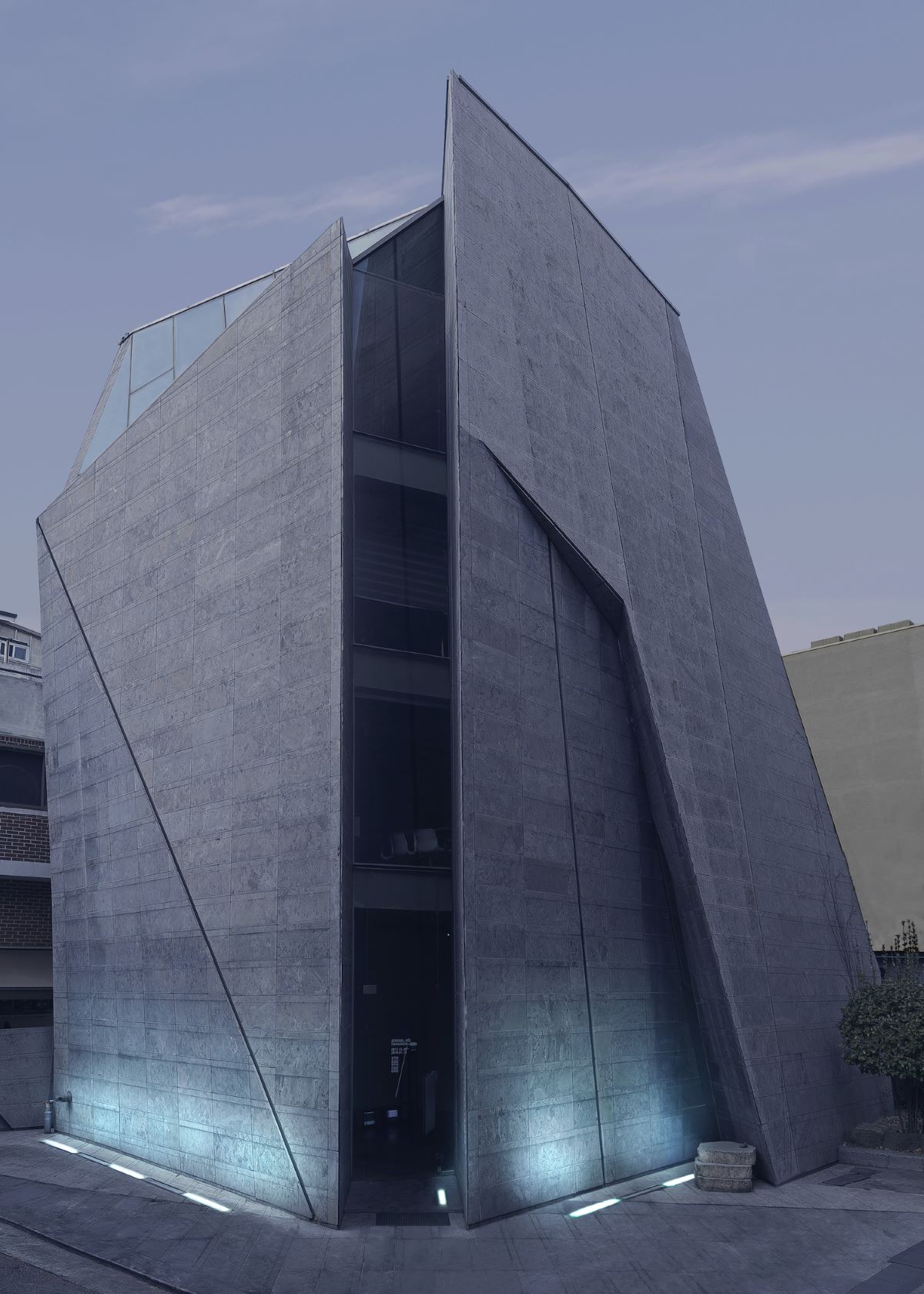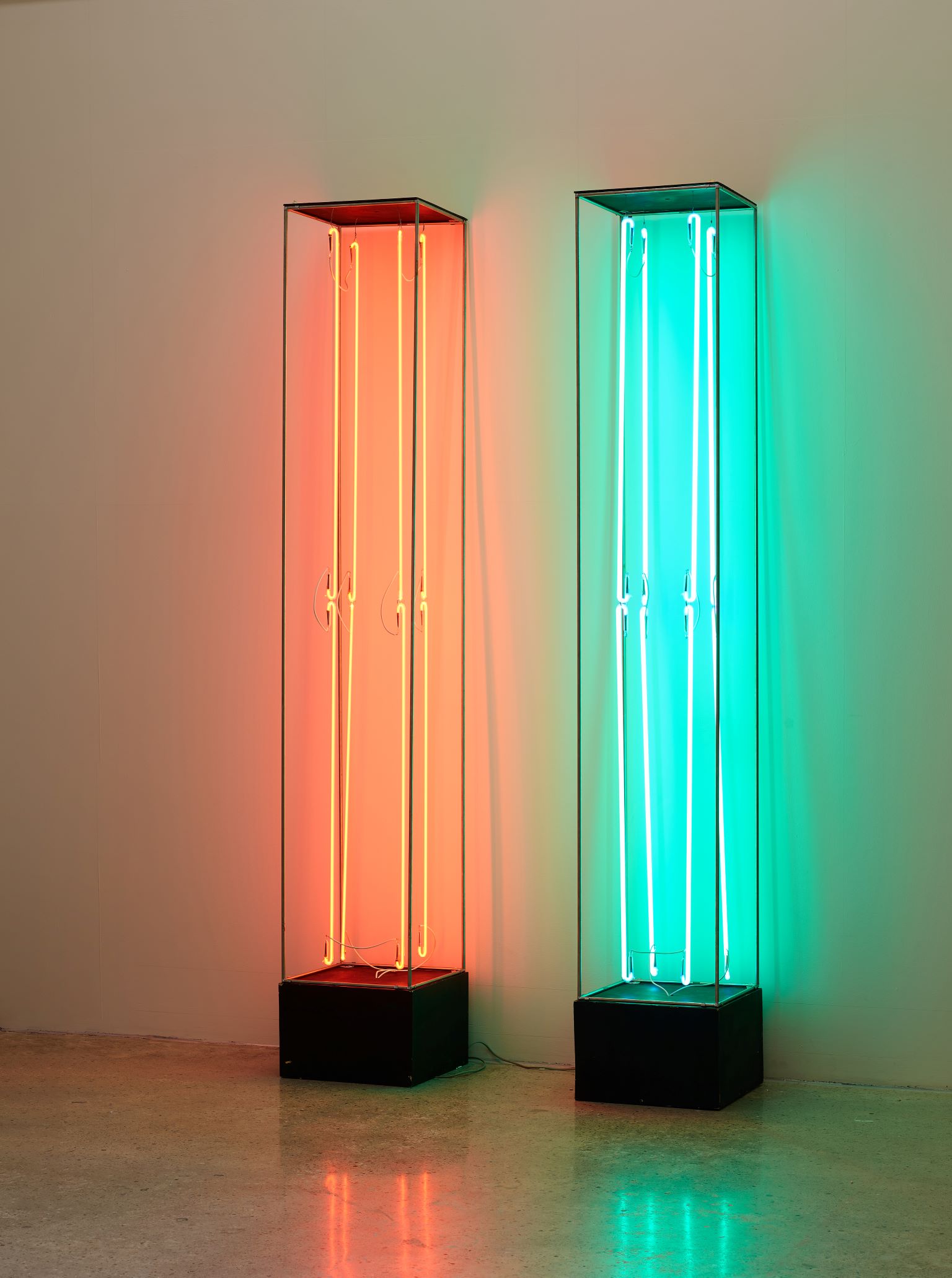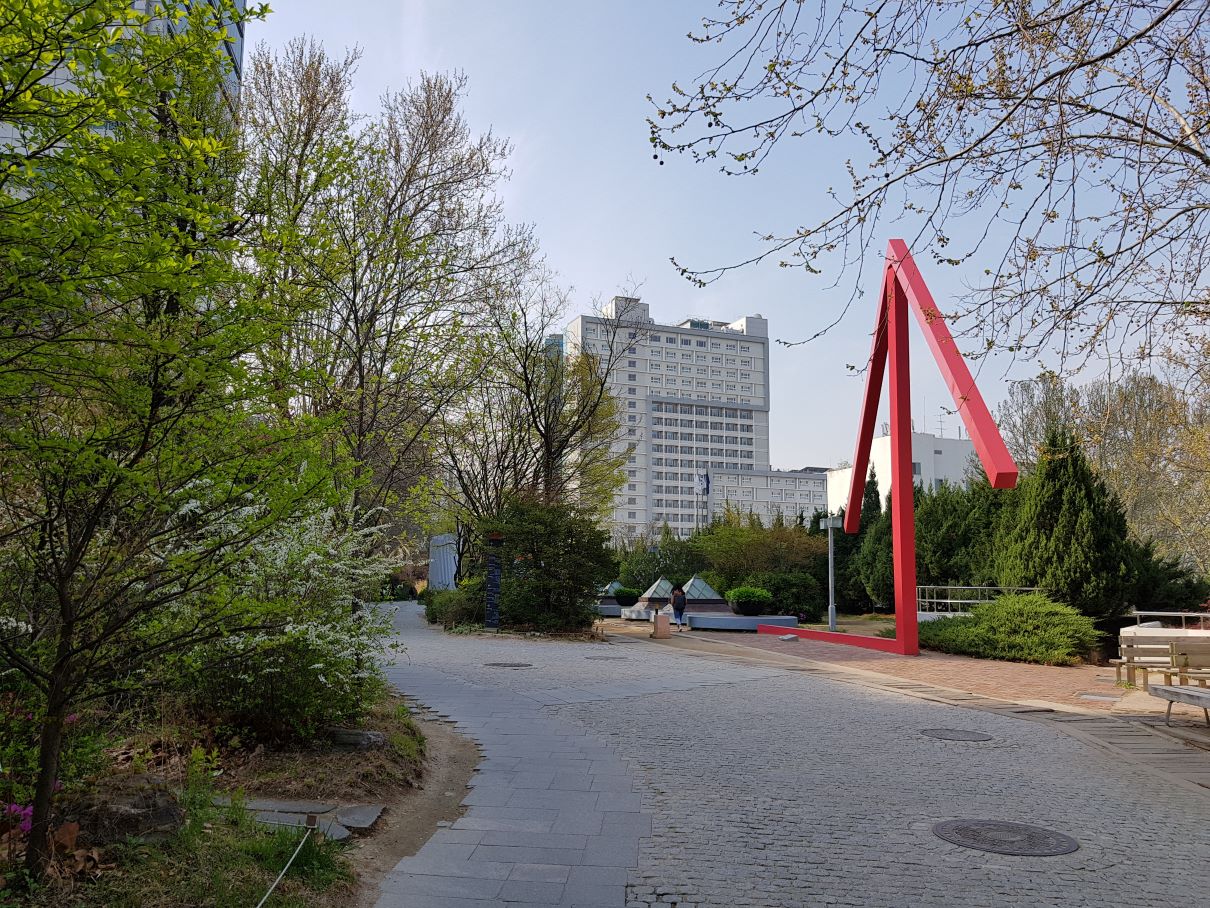
Image provided by Alternative Space LOOP
Alternative Space LOOP
* Source: Multilingual Glossary of Korean Art. Korea Arts Management Service
Related
-

Alternative space
A non-profit exhibition space, intended to be free from the elitist authoritarianism and rigid traditionalism of art museums, and the naked commercialism of sales galleries. Numerous alternative spaces emerged in Korea between the 1990s and the early 2000s and contributed to the development of a vibrant national contemporary scene that supported diverse experimental innovative approaches to art making. The number of spaces disappeared drastically around 2010 as many closed due to financial difficulties, or lost their initial focus on experimentation and became bureaucratically institutionalized. Spaces that have appeared since 2010 and the increased institutionalization of the original wave of alternative spaces are called “neo-spaces” for purposes of distinction.
-

Experimental art
A genre of Korean art characterized by non-two-dimensional work such as sculpture, environmental installation and performance that emerged in the late 1960s and continued over the course of the 1970s. Art historian Kim Mikyung has analyzed the movement in the context of the political and social phenomena of the time and first coined the term experimental art to describe such work.
-

Department of Art at Hongik University
Established in 1949, the Department of Art at Hongik University consists of one art theory department and eleven practice-based departments, including painting, Oriental painting, printmaking, sculpture, woodworking and furniture design, metal art and design, ceramics and glass, textile art and fashion design, visual communication design, and industrial design. In 1955, it moved from Jongro-gu, Seoul to the current location in Sangsu-dong, Mapo-gu, Seoul. The history of the College of Fine Arts can be largely divided into the period of the Department of Fine Arts from 1949 through 1953, the period of the School of Fine Arts from 1954 through 1971, and the period of the College of Fine Arts from 1972 until now. In March 1953, the Department of Fine Arts produced the first six graduates, and in the following year the School of Fine Arts with three departments was established. In December 1971, it was upgraded to a college, which exists up to the present. Several exhibitions organized by its graduates are notable, including the Four Artists Exhibition held in 1956 as the first anti-National Art Exhibition (Daehanminguk misul jeollamhoe or Gukjeon) by the third and fourth classes of graduates and the Union Exhibition of Korean Young Artists held in 1967 by graduates from the 1960s as an effort to realize experimental art.






